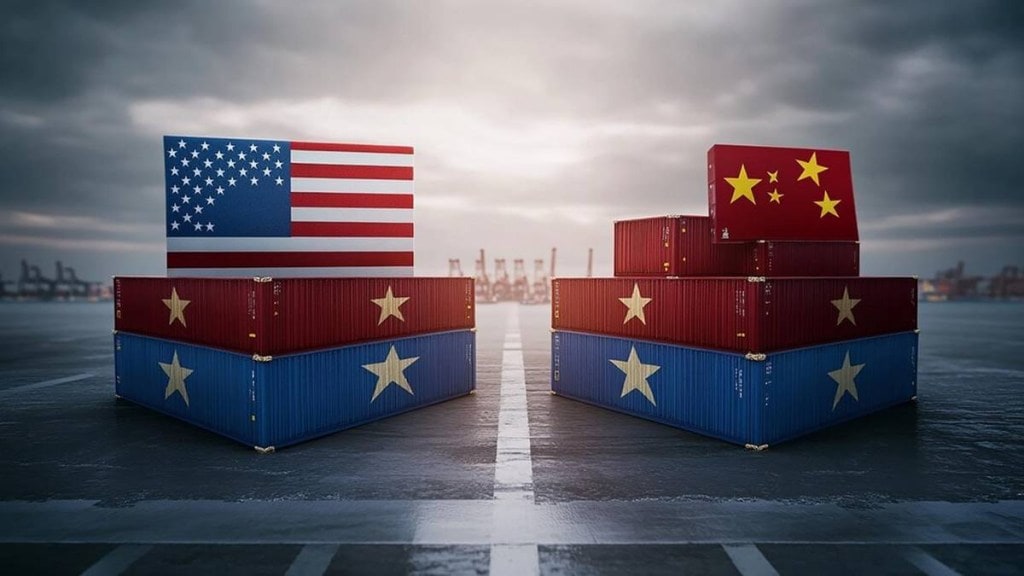Despite increasing economic pressure from the United States, China has set an ambitious growth target of about 5% for 2025, reports Bloomberg. This announcement, expected to be made official by Premier Li Qiang during his report to the national parliament, signals Beijing’s determination to sustain economic expansion. However, maintaining this target for a third consecutive year presents a significant challenge amid ongoing trade tensions and domestic economic difficulties.
Rising fiscal deficit
China’s fiscal deficit target for 2025 has been set at approximately 4% of GDP, the highest level in over three decades. This move highlights Beijing’s intent to ramp up public spending to support growth. The National People’s Congress meeting is just a day after the former US. President Donald Trump imposed an additional 10% tariff on Chinese imports, a move that threatens China’s export-driven economy, which accounted for nearly a third of last year’s economic expansion.
Market woes
Adding to China’s economic woes, the country is experiencing its longest stretch of deflation since the 1960s. The real estate sector remains unstable, with the ongoing property downturn yet to find a bottom. In response to weak consumer demand, China has adjusted its official inflation target to around 2%, the lowest since 2003, acknowledging the challenge of stimulating price growth after inflation hovered at just 0.2% over the past two years.
To achieve its growth ambitions, China is likely to roll out further economic stimulus measures. President Xi Jinping’s administration has already pledged more aggressive fiscal and monetary policies, with economists calling for increased public spending to revive consumer confidence.

